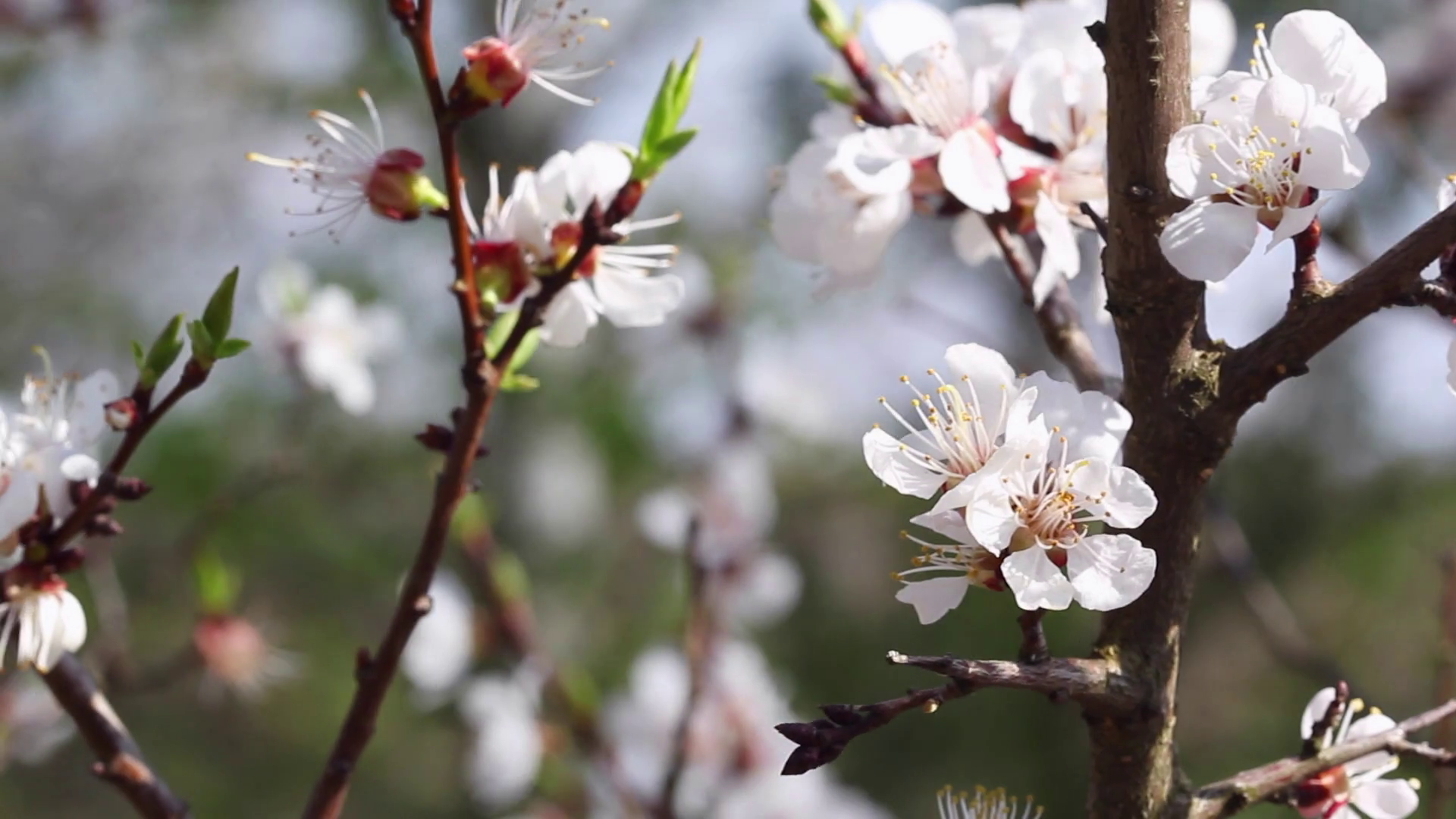Italy - From Piedmont to Tuscany, heavy losses of stone fruit and damages to kiwi and pome fruits
09.04.2021 425 views
ScaleAgData Stakeholder Engagement Event
22.10.2024The ScaleAgData project is pleased to invite you to our second stakeholder event. Building on the discussions and connections formed during our first webinar, this event will focus on fostering collaboration among stakeholders, providing updates on our project’s progress, and outlining future opportunities for engagement.

USA - USDA launches $700 million pilot to expand regenerative agriculture
The U.S. Department of Agriculture on Wednesday unveiled a $700 million pilot program to help farmers adopt regenerative agriculture practices aimed at improving soil health, water quality and long-term farm productivity while strengthening the nation’s food supply.
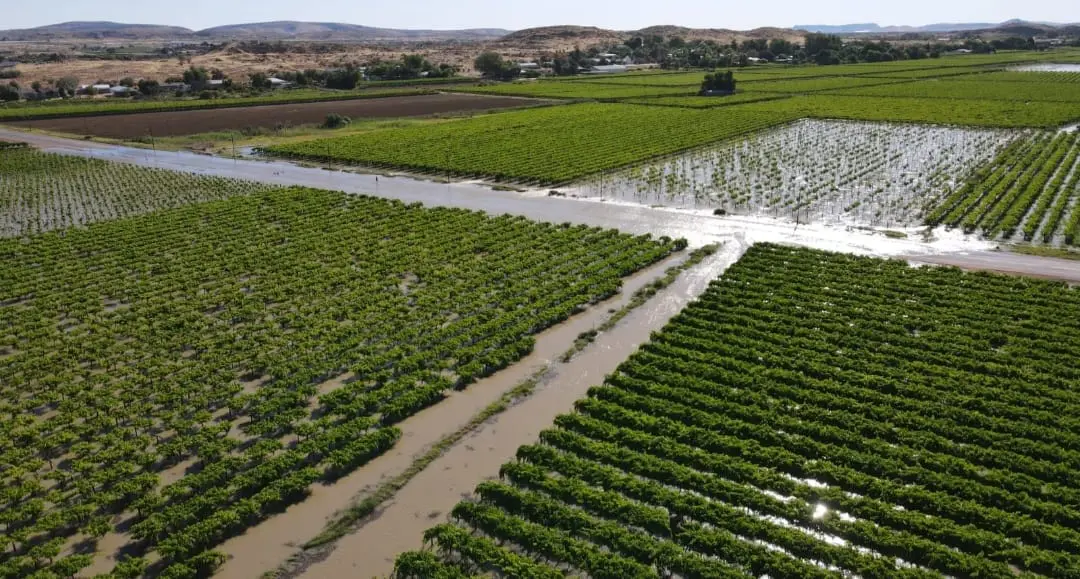
South Africa - Hail and flooding demand critical crop insurance safety net
A single storm can wipe out a season's work. With climate change creating new hail hotspots, as seen across four South African provinces recently, the threat is less predictable than ever.
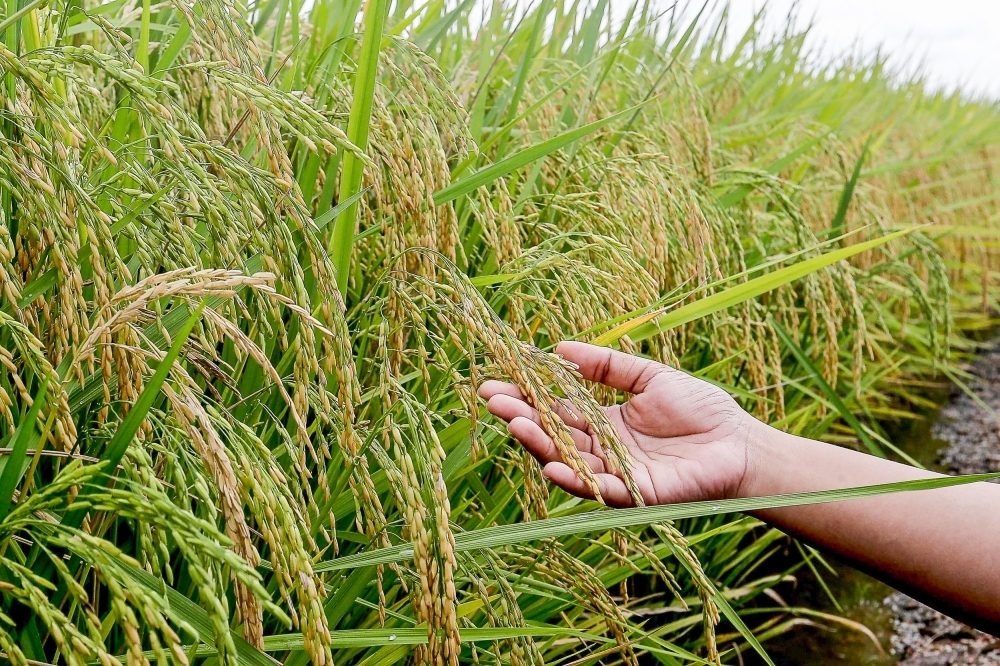
Malaysia - Kelantan’s flood-hit paddy farmers to receive compensation after RM2.3m crop losses
Farmers under the Kemubu Agricultural Development Authority (Kada) recorded losses exceeding RM2.3 million following recent northeast monsoon floods in the state.
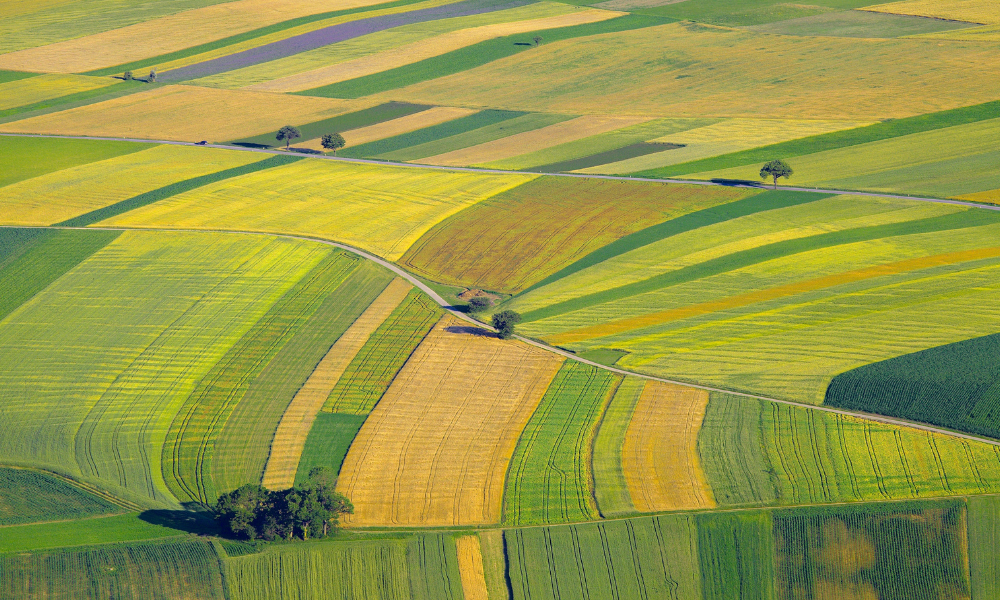
U.S. company Farm Tech meets NDA in Benghazi to discuss 1,000 pivot irrigation project to bolster Libya’s food security
Libya’s eastern-based National Development Agency (NDA) reported yesterday that its Director General received a delegation from US company Farm Tech at his office in Benghazi.

Ecuadorian papaya production was nearly wiped out by the Papaya ringspot virus
The collapse of Ecuadorian papaya exports was not due to a market adjustment but rather a sanitary crisis.

French farmers protest over compulsory cattle culls amid disease outbreak
French farmers stepped up their campaign against agricultural policy and animal health rules this week, with protests in south-western France highlighting growing anger over the compulsory slaughter of cattle following outbreaks of lumpy skin disease.

EU reaches agreement on use of new genomic techniques in agriculture
The European Parliament and EU Member States have reached a political agreement on the use of “new genomic techniques” (NGTs) in the agri-food sector, the Danish presidency of the council confirmed on Thursday. The deal paves the way for a new regulatory framework governing how these technologies may be used to develop more resilient and sustainable plant varieties.
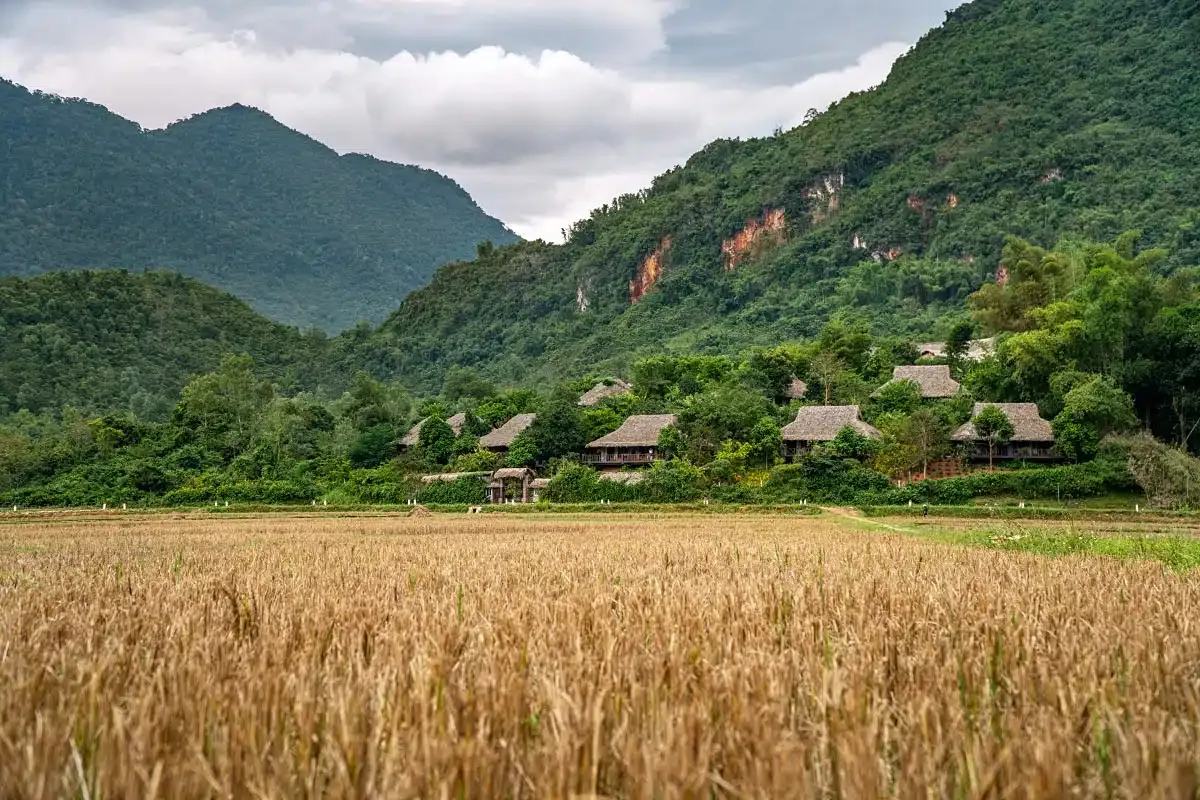
Vietnam targets 400 000 ha in winter crop plan
Vietnam's Ministry of Agriculture and Environment reports that the northern region aims to plant 400,000–410,000 hectares of winter crops, with an estimated output of 4.8–5 million tonnes.


